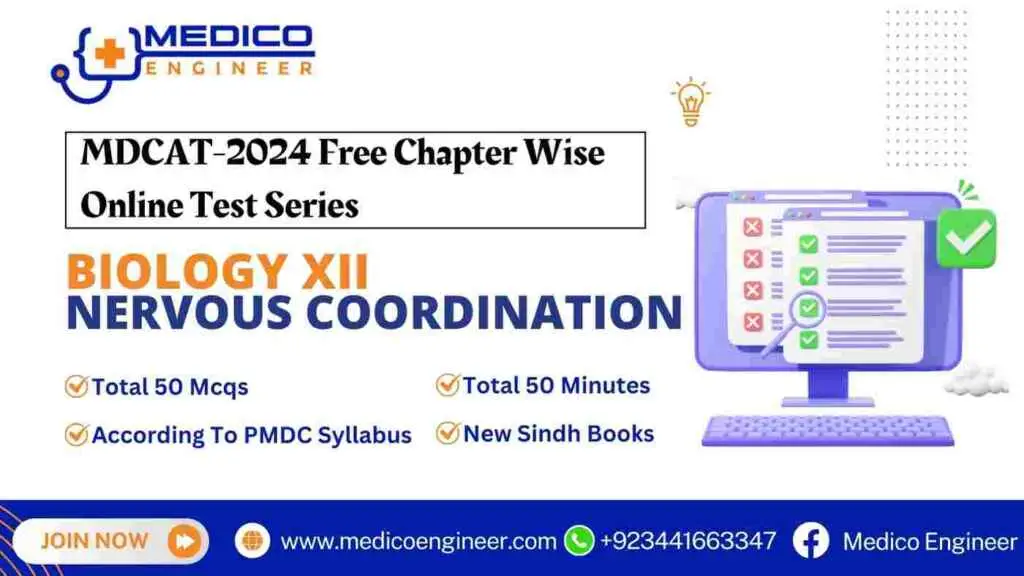
Advertisements
Instructions for XII Biology Nervous Coordination Online Test Mdcat-2024:
- Most Important: Please wait for a few seconds after clicking the see results/ test submit button. Don’t double-click or refresh the page.
- Open in Chrome browser (recommended)
- Don’t refresh the page during the test
- Mdcat Mock test free online will remain open for the whole mdcat session.
- Your score will be shown on the screen after you submit the test
- You can attempt the test anytime anywhere
- Join our WhatsApp Group : Click here
- For Any Information Contact us at +923441663347
Advertisements
0%



